Expansion of HVAC Systems
The expansion of heating, ventilation, and air conditioning (HVAC) systems is another critical driver for the Flexible Insulation Market. As climate control becomes increasingly essential in both residential and commercial buildings, the demand for efficient HVAC systems is on the rise. Effective insulation is vital for optimizing the performance of these systems, as it minimizes energy loss and enhances overall efficiency. Recent estimates suggest that the HVAC market is expected to grow significantly, with a projected increase in demand for insulation materials that can support these systems. Consequently, this trend is likely to drive the adoption of flexible insulation solutions, as they are integral to achieving energy-efficient HVAC performance.
Growth in Construction Activities
The resurgence of construction activities in both residential and commercial sectors is likely to bolster the Flexible Insulation Market. As urbanization continues to expand, the demand for new buildings and infrastructure projects is on the rise. This growth is accompanied by an increasing need for effective insulation solutions that can enhance thermal performance and reduce energy costs. According to recent data, the construction sector is projected to grow at a compound annual growth rate of approximately 5% over the next few years. Consequently, this trend is expected to drive the demand for flexible insulation materials, as builders and contractors seek to comply with energy efficiency standards while ensuring occupant comfort.
Rising Energy Efficiency Standards
The increasing emphasis on energy efficiency standards across various sectors appears to be a pivotal driver for the Flexible Insulation Market. Governments and regulatory bodies are implementing stringent regulations aimed at reducing energy consumption in buildings and industrial applications. This trend is likely to propel the demand for high-performance insulation materials, as they play a crucial role in enhancing energy efficiency. For instance, the adoption of insulation materials that meet or exceed these standards can lead to significant reductions in energy costs. As a result, manufacturers in the Flexible Insulation Market are focusing on developing innovative products that comply with these evolving regulations, thereby positioning themselves favorably in a competitive landscape.
Increased Awareness of Environmental Impact
The heightened awareness of environmental issues among consumers and businesses is driving a shift towards sustainable building practices, thereby impacting the Flexible Insulation Market. As stakeholders become more conscious of their carbon footprint, there is a growing preference for insulation materials that are eco-friendly and recyclable. This trend is reflected in the increasing demand for products made from natural fibers and recycled materials. Additionally, manufacturers are responding by developing insulation solutions that not only meet performance standards but also align with sustainability goals. This shift is likely to create new opportunities for growth within the Flexible Insulation Market, as companies that prioritize environmental responsibility may gain a competitive edge.
Technological Innovations in Insulation Materials
Technological advancements in insulation materials are significantly influencing the Flexible Insulation Market. Innovations such as the development of aerogel and advanced polymer-based insulation solutions are enhancing the performance characteristics of flexible insulation products. These materials offer superior thermal resistance, lightweight properties, and ease of installation, making them increasingly attractive to consumers and industry professionals alike. Furthermore, the integration of smart technologies into insulation products is emerging as a trend, allowing for real-time monitoring of thermal performance. This evolution in technology not only meets the growing demand for energy-efficient solutions but also positions the Flexible Insulation Market at the forefront of sustainable building practices.
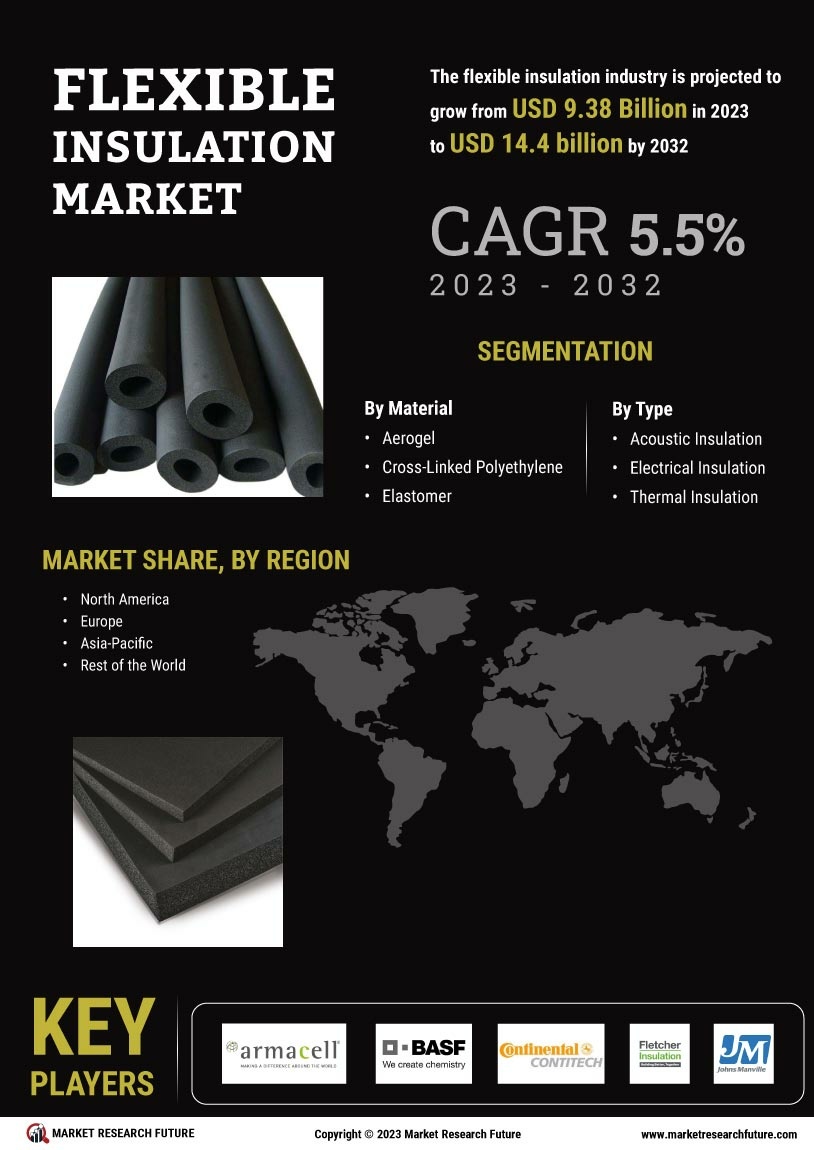

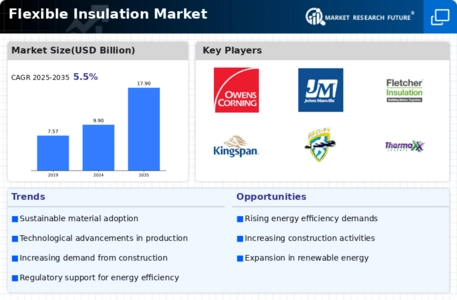
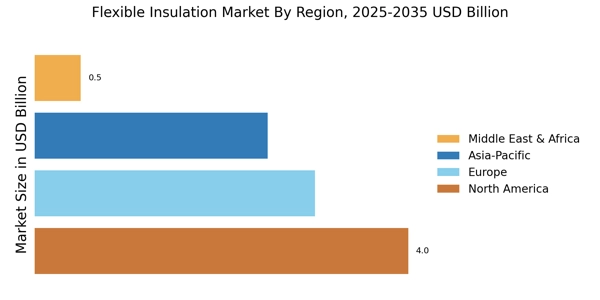

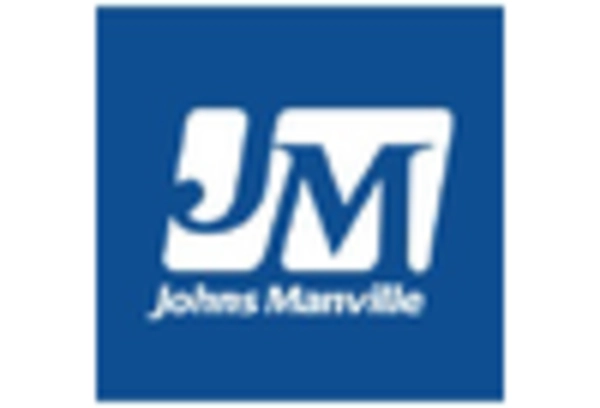
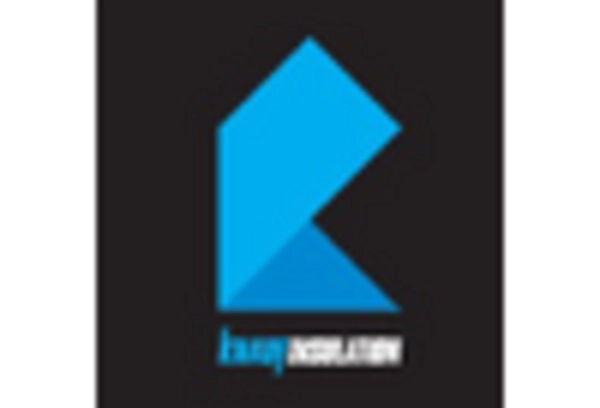
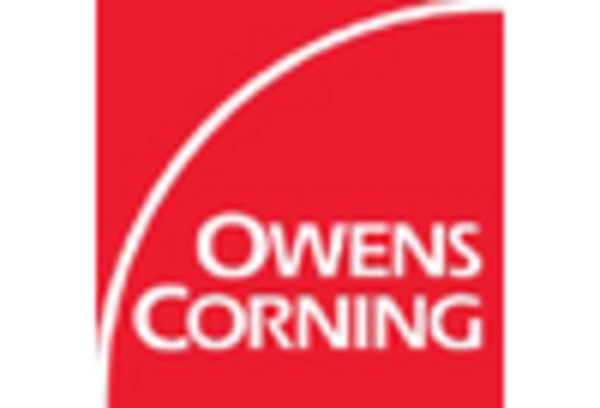
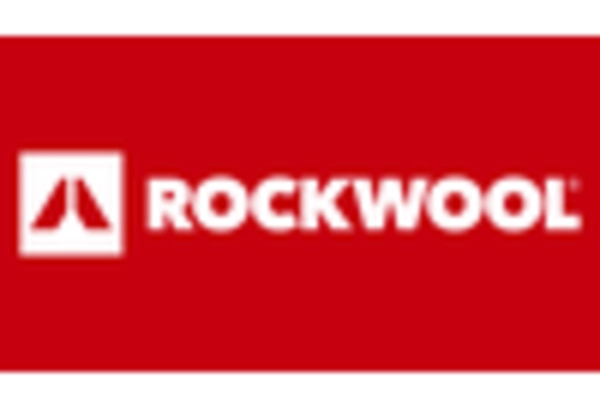









Leave a Comment